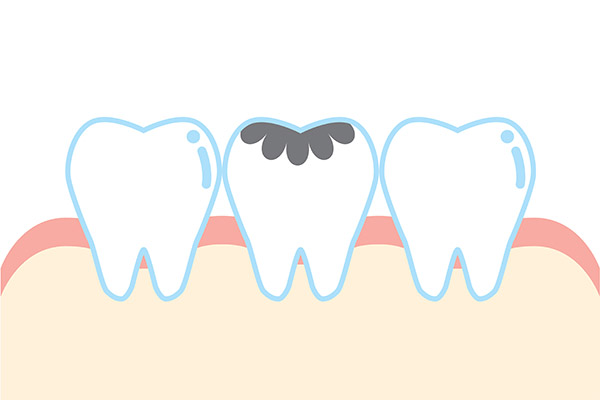Periodontics: Understand an Implant Procedure

Periodontics is a branch of dentistry that prioritizes issues that affect the gums and the bone structures that hold teeth in place. It also includes replacing missing teeth with restorations like implants. Periodontics favors implants because these are the only teeth replacement options that replace teeth roots. Other oral prosthetics, like dentures and bridges, only replace a tooth's visible part.
Replacing the lost root helps preserve bone tissues in the jaw. These often deteriorate when a tooth falls out due to not getting the stimulation that they need to be healthy. Bone tissues need regular stimulation to tell them to produce new healthy cells, and atrophy occurs when they stop getting it. Implants are inserted into the jaw, so they transfer bite forces into it, keeping the bone tissues there stimulated.
How dental implants are used in periodontics
Dental implants are suggested when a patient has one or more missing teeth. They are versatile restorations that can be combined with crowns, dentures, and bridges. Implants are nearly as stable as real teeth, so they feel natural in the patient's mouth.
Installing dental implants
The process starts with the dentist examining the patient to determine if implants are right for them. Their placement requires surgery, and some people are not healthy enough for that. The dentist will go over the person's medical and health history, looking for issues that could complicate the procedure, like diabetes or immune system disorders.
The dentist will also go over the patient’s habits to determine if they might interfere with their recovery. Excessive drinking or using tobacco slows down the recovery process and increases the risk of complications. Certain medications, like blood thinners, can also hinder the recovery process.
Lastly, the dentist might take an X-ray to evaluate the patient's jawbone. Implants are inserted into the jaw, so it needs to be able to hold implants while still leaving room for the nerves at the bottom of the jaw. Patients who have lost bone tissues in their jaw due to not replacing their missing tooth immediately might need bone grafts to thicken their jawbone.
Once a patient has been cleared for implants, a date is set for their surgical procedure. The procedure starts with the dentist injecting the area being worked on with a local anesthetic so the patient does not feel any pain as they work.
A hole is drilled into the jaw and the implant is placed in it. The implant is given up to six months to bond with bone tissues around it via osteointegration. Once that is complete, the dentist attaches a restoration to the implant to fully replace the patient's lost tooth. The patient gets an artificial tooth that feels and looks natural and helps keep their jawbone healthy.
Implants are virtually as good as real teeth
You should seriously consider a dental implant if you have a missing tooth. Give us a call or stop by our Roy clinic to set up an appointment with our dentist.
Request an appointment here: https://www.moorelegacydental.com or call Moore Legacy Dental at (801) 784-1283 for an appointment in our Roy office.
Check out what others are saying about our dental services on Yelp: Periodontics in Roy, UT.
Related Posts
It is easy to put off dental practice visits with the excuse that there is too much to do to make visits regularly. However, if your schedule is too busy for regular visits, it might be time to rethink some things. Patients should visit at least every six months. However, some might need to go…
While most people visit a dental practice every six months, others only go on occasion or not at all. For those individuals, the thought of seeing a dentist causes a lot of anxiety. Hopefully, the information provided about how a dentist treats a cavity will answer questions and put them at ease. These people will…
A dental practice quickly treats gum disease, but it first requires identifying the condition. It might make itself known when the gums bleed when flossing or brushing the teeth. The gums could become tender, red, or swollen. Knowing the answers to these frequent questions allows patients to make better oral health decisions.Early gum disease is…
Contrary to popular opinion, the pain associated with endodontic therapy is not excruciating. If you have been slated for endodontic treatment, or more specifically, root canal, you need to make adequate preparations. While the pain may not be avoidable, knowing what to expect will help ensure you have a more comfortable and successful procedure. In this…


